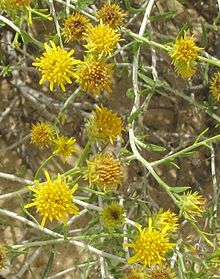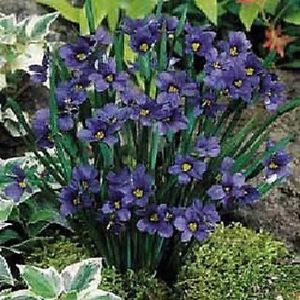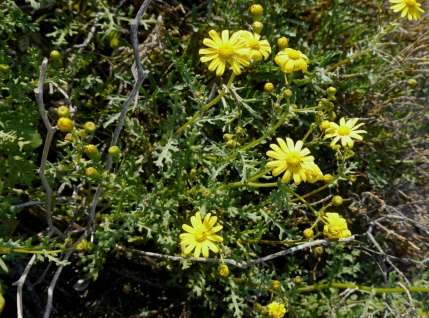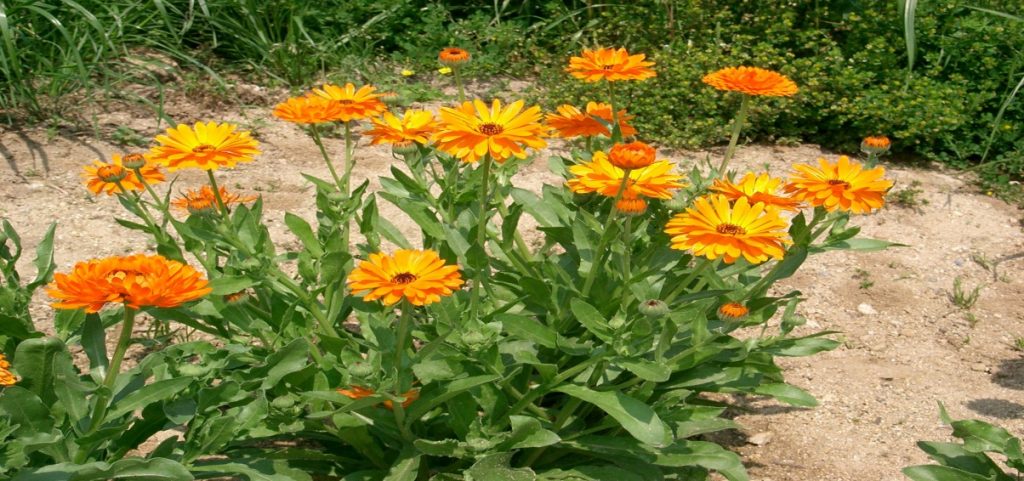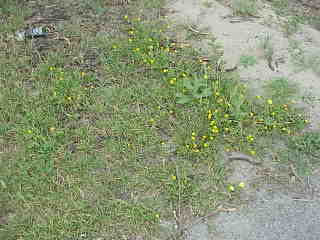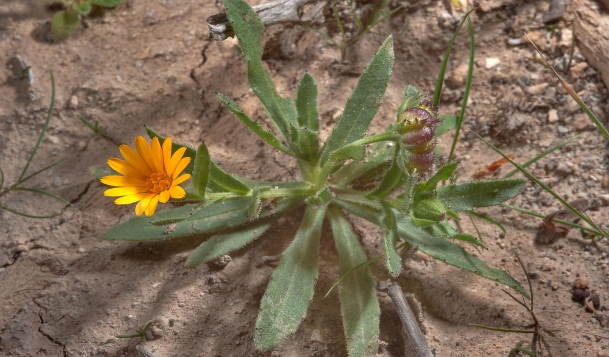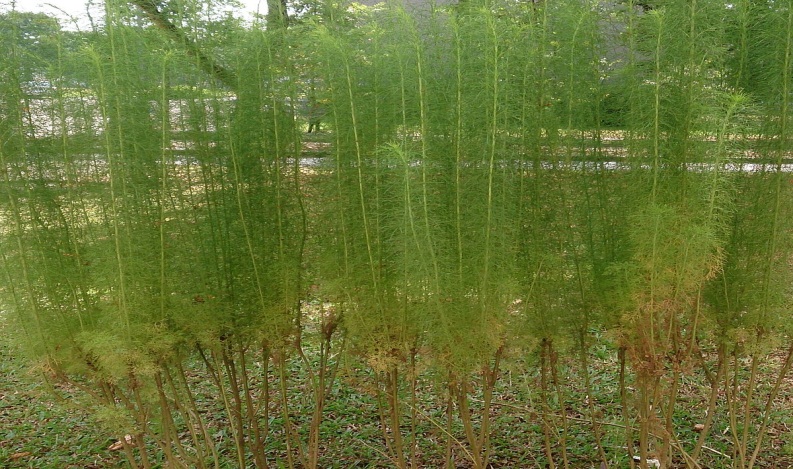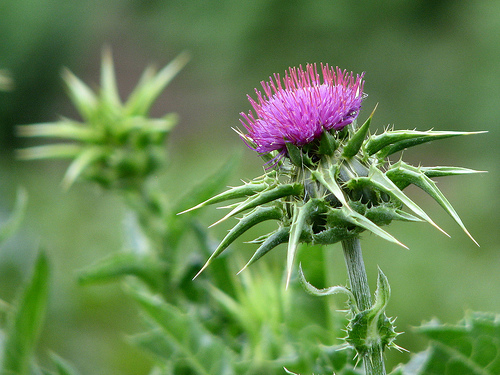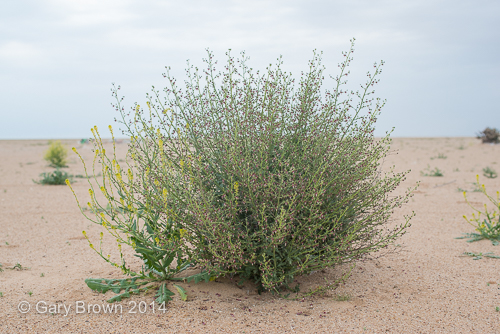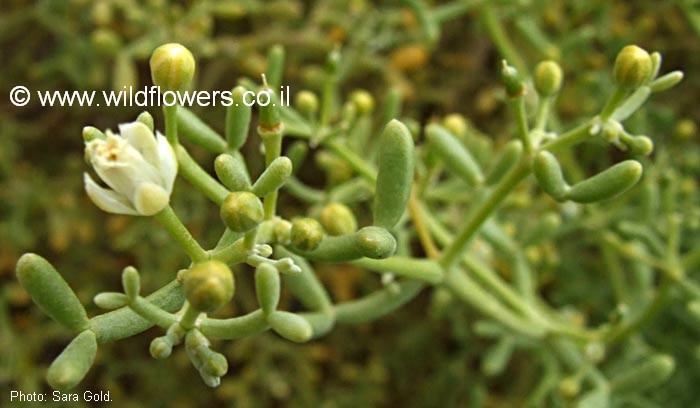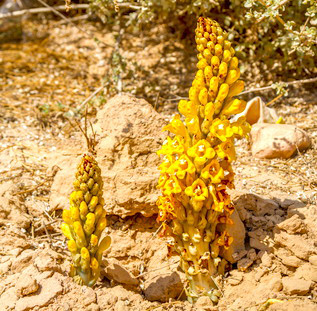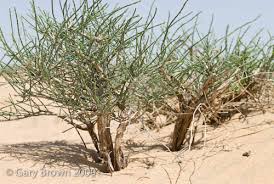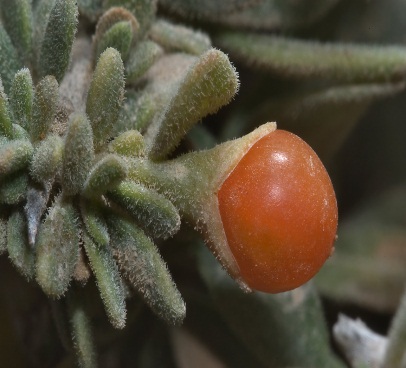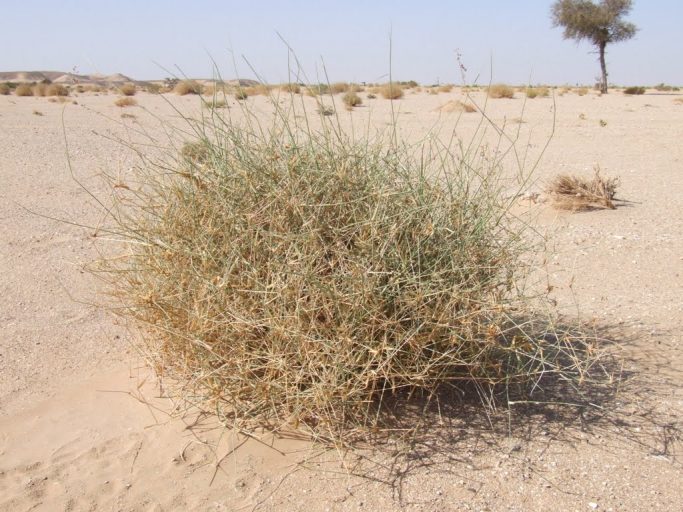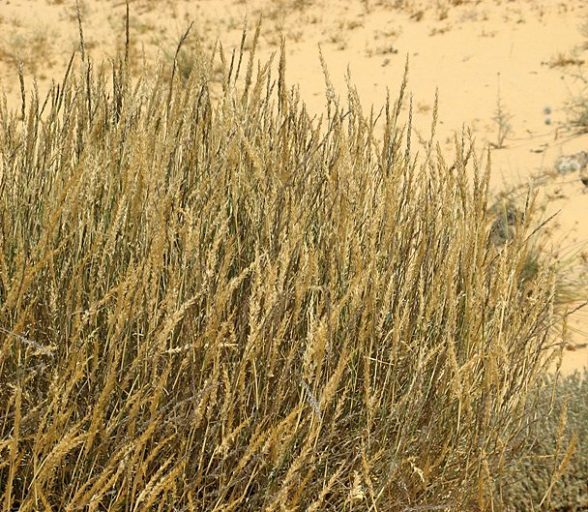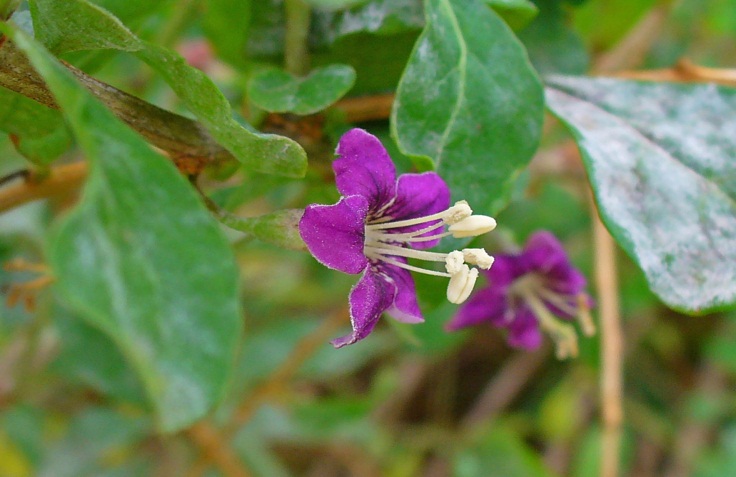Kuwait occupies the largest area in the world, considered a semi-arid desert. It’s a land of sand and gravel whose conditions make no difference from that of other deserts. It experiences high temperatures, water shortage, and high salinity. In spite of all these, Kuwait is enriched with the biodiversity of 374 plants of various species. These plants and flowers have designed their own way of survival and growth despite the weather. Some plants retreat underground until it rains so later they will resurrect their seeds and germination or growth continues. These plants are important to humans and animals living in the desert, for they provide food, medicine, protection, etc. These plants include Cyperus Conglomeratus, Panicum turgidum, centropodia forsalii, among others. Below, there will be a discussion of such Kuwait plants by considering their features importance, and survival. Flowers are attached to each identified plant.
AFRAJ
Scientifically known as Rhanterum Epapposum, Was once declared a national flower of Kuwait in 1983. It’s a dwarf shrub with spherical foliage and beautiful yellow-brown flowers. Afraj is known to produce green flowers during autumn and displays golden yellow flowers during spring. Its fruits contain six to eight seeds. It has many benefits, which include,
- It serves as fodder for domestic animals, including Rhem gazelles.
- In addition, it provides fuel for the people of Kuwait. Fuel used in, eg, transport industry.
- It’s a source of water for camels during dry spells. Nevertheless, Afraj became a national flower because of its ornamental value and medicinal aid for many people in Kuwait.
- Some people use Afraj for bedding and firewood. However, it reported there exists a lot of damage caused to it by human activities.
LYCIUM BARABARUM
Belongs to the family of Solanaceae. Rich in bearing fruits and storing water in the desert. It’s a medium-sized shrub, multi-stemmed plant that bears fruits in a sperm of one year. Its productive life span ranges from 10-15 years. Lycium is a shrub that also survives in Kuwait and is rich in Fruits, Yield, and Medicine. Fruits, in this case, are berries about 2cm in diameter. Berry is of taste and consumable to humans and animals. It’s also a medicine as it is rich in vitamins A, C, E, and minerals. Moreover, it’s a good source of fatty acids. It’s adapted to its tolerance of pruning before it regrows. It produces suckers being a deserted area; various animals, e.g., insects and snakes, use it as their natural habitat. It is known to have its own natural water always reserved in its leaves (Brown, 2003). As a result, it serves as a source of water for insects or rather desert animals. Its population was reported to be declining of late, because there has been no sufficient mechanism to protect them in their natural habitat.
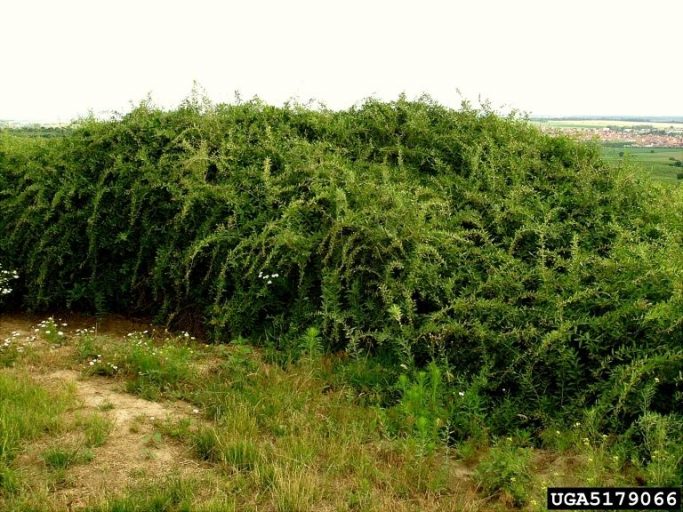
GYNANDRIS SISYRINCHIUM
Gynandries Sissyrinchium Is a plant of Sisyrinchium species, always feature characterized with one; Blue Eyed grass. It’s known to produce an orchid-like flower known as iris. Iris is purple in color and is believed to have been used some years back as an ornamental plant. Its tiny flowers are attractive; hence some were used in the vary homestead beauty. It is, however, seen to be losing its appeal to the imported flowers.
SENECIO GLAUCUS
Senecio Glaucus, also known as Nuwara in Arabic. It is a member of Asteraceae and a species-genus of Senecio. For so many years has been perceived to be the most attractive natural yellow flower, which sprouts during early springs (Brown, 2003). It’s a plant known to have originated from another country to Kuwait where it later grew and later became part of the land. In Kuwait desert. It’s an ornamental plant highly increasing in number despite the fact that, it’s no longer considered to be a Kuwait native plant.
HANWA
Its scientific name is Calendula Persia, a perennial herbaceous plant in the family of Asteraceae. It is used as a medicinal herb traditionally. The oil derived from C.Officinalis is used as an anti-inflammatory and remedy for healing wounds. Moreover, it’s indicated that Calendula extracts antiviral and antigen toxic properties, not forgetting inflammatory properties. Its petals are fresh and hence used in salads, an extraction of or used in the extraction of dye (Macksad, 1969). Romans and Greeks have been importing Calendula in rituals and ceremonies, e.g., wearing crowns. In addition, they are sacred flowers in India used to decorate statues. Its ornaments are skin products used to treat cuts, burns, and skin irritation. Its species includes Calendula ardencies and Calendula suffruticosa, among others.
LEHIET AL-TAIS
Scientifically referred to as Koelpinia linearis in the dandelion family. It’s used as a traditional means of curing diseases. Medicine in the treatment of lymphatic diseases, used in inflammation, and in the prevention of gastrointestinal disorders. In addition, it is used to reduce gas in human stomach.
OQHOWAN
Known as Calendula Aegyptiaca. It is a perennial plant in the daisy family Asteraceae known as marigolds. It is used as a medicine just like any other Calendula species. It’s an inflammatory remedy for healing wounds. They can be used as salads to add flavor to the food.
CALENDULA OFFICINALIS
Calendula Officinalis. Is an annual plant with erect stems up to 70cm tall? It has a deep taproot. Its leaves are petiole, oblong speculates,s and hairy. It’s always known for its larger flower heads. Calendula is linked to various importance, which include: they are used in menstrual cycle regulation, flowers can also be used to reduce fever, site throat cure, and for cancer as well. Moreover, Calendula is always used in the production or formation of dye used in foods and cosmetics. In addition, flowers are used in the construction of skin lotions and added to shampoos to lighten the color of the hair. It’s an ornament for its flowers are rich in ingredients that can be used in the acceleration of bacteria. It repels and reduces the population of soil nematodes. It’s oil obtained from species like Officinalis can be used in Perfumery.
CALENDULA ARVENIS
Calendula Arvenis, or Field marigold family, is a member of Compositae. It experienced flowering from June to December, and fruits always ripen between August and December. This species is female or male, but both can be found in the same plant. It can survive in poor soil. Its functions include,
- Its leaves are very rich in vitamins and minerals.
- Its flowers are believed to be antispasmodic, emmenagogue, and stimulant.
- It’s a remedy for skin problems as well.
- It’s a cleansing herb for fever and chronic infections. The flowers can also be used for drying. Importantly, it’s consumed inside to heal wounds.
NITRARIA RETUSA
NITRARIA RETUSA is a salt-tolerant and drought-resistant shrub in the family of Nitrariaceae. The plant is usually less than a miter and grows in areas on sand dunes and in areas of high salinities. Produces fruits whose shape is triangular and turns red when ripe. It’s of great importance to the desert lives;
- Its fruits are a food to humans and animals, especially after ripening.
- Its succulent leaves act as food for camels and goats. Additionally, has been used as a source of salt now that it grows well in salinity areas. It’s a potential fodder for crops due to its sense of being salty as well. In ecology, it plays a role in the Stabilization of sand dunes.
ARTEMISIA CORPORA
Artemisia Scoparia is locally known as Selmas. It’s an aromatic plant with a perfume smell. It’s a species of the genus Artemisia in the sunflower family. It is largely used in the medicinal field as a cure. The reason is that it’s comprised of various powerful chemicals. Its leaves can be prepared as food. The leaves and their stems do contain oils and, therefore, can be used as oil. However, it’s known to have hazards, although many seem not to realize such hazards.
CARDUUS HYDROCEPHALUS
Carduus pycnocephalus, Is a species of thistle. It has multiple wings with spines on its lobe tips. Its spiny leaves and stems prevent animals from grazing on it. It grows under a canopy of oaks, hence increasing the risk of wildfire damage to the trees since fire can easily carry to the canopy. They are, however, protection that prevents the plant from being eaten by herbivores.
Protect themselves from herbivores and repel herbivores from feeding on the neighboring plants as well. Acts as bee fodder therefore enhancing the production of honey as a whole. It’s believed to have been a remedy for headaches and plagues.
SCROPHULARIA DESERT
SCROPHULARIA DESERTI, locally known as Afaina, Is a perennial herb and genus of shrubs. It is made of five-pointed flowers, corolla with lobes, and fruits, which have a capsule with seeds. It is used as an inflammatory and anti-infection treatment. It is revealed that it’s composed of glycoside and iridoids, which are of course, anticancer and antiprotozoal. Other experiments revealed it’s made of fatty acids, alkaloids, resin, and many more chemical compounds. All these play bioactivity roles e.g., healing.
SEIDLITZIA ROSMARINUS
Eshnan, Seidlitzia rosmarinus. It’s a perennial green desert species of saltwort. It was used in the production of potassium. It’s believed it’s imported to various countries as it’s used in the formation of alkaline soaps. Its leaves are used as a natural cleansing agent. Its plant ashes can be used to process potassium. The plants were gathered and used in the formation of liquids that can be used as laundry detergent.
ZYGOPHYLLUM COCCINEUM
Hurum, Zygophyllum coccineum, is from the Zygophyllaceae family. It has leaves with two leaflets each. The leaflets and petioles sometimes are shed under severe dry conditions so as to reduce the transpiring surface.
Its uses include, used traditionally as a medicine for diseases like cough, asthma, hypertension etc. Furthermore, the juice obtained from its fresh leaves or stems is used as an abrasive cleanser and sometimes used as a cure for certain skin diseases.
CISTANCHE TOBULOSA
Zeikh, called Cistanche Tubulosa, grew from 25cm to 40cm tall. It is a holophrastic desert plant and lacks chlorophyll. Obtain water and nutrients from host plants. It is used to prevent fatigue and to increase energy (Halwagy & Halwagy, 1974). It can improve memory and increase human immunity. Furthermore, it’s a medicine with nil side effects, and believed it expand sexual health, thereby increasing sexual power. It has the ability to increase a woman’s fertility. Its main components include echinacoside acetonide, which is responsible for improving sexual ability. It’s used by older people who suffer from constipation. Moreover, research once declared that it reduces aging. It’s this discovery that made the herbal popular.
HALOXYLON SALICORNICUM
Rimth, Haloxylon salicornicum. It is a desert shrub belonging to the family of Amarenthaceae. Its composed of various chemicals, which include alkanoids, tannins, and glycosides, hence can be a good medicine. Its stems and leaves are rich in chemical composition, suggesting it can make a good meal for livestock or animals at large. Moreover, it is observed that it is rich in nutrients and a great medicine hence used by the poor who can afford it.
LYCIUM SHAWII
Ausaj, Lyceum Shawii. It is a thorny shrub species adapted to deserted Kuwait. It grows up to 3m in height. Lycium leaves do narrow towards its base. It produces small whitish-pink or purple flowers and red pea-sized seedy barriers that are edible. It is used as a source of food as their leaves can be cut and made food. It’s used as a traditional medicine. Decoction obtained from the boiled roots is used in coughs and for sores treatments. This decoction as well, can be used to wash polio patients in case of a cut. Its leaves are used in the treatment of constipation and stomach aches. Moreover, the branches are used for fencing as well.
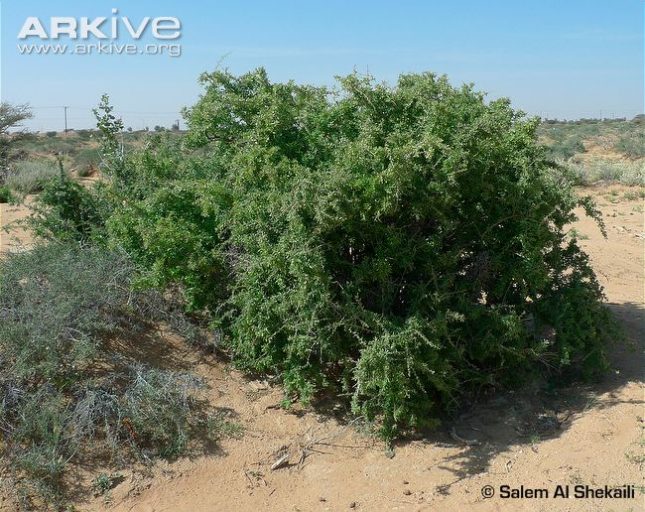
PANICUM TURGIDUM
IS a desert grass with thick rootstock and a fibrous root system. It’s a Drought-resistant plant and, therefore, can be cultivated anytime. It plays much importance to the people of Kuwait. Firstly, its seeds can be prepared and eaten as a food. It can be ground into flour and then used to make bread or drink, porridge to be specific. The grains can also be stored for the future in times of scarcity. In addition, the obtained powder can produce soda, which some would choose to add to a tobacco plant.
Medicinally, it is used as wound dressing powder. The seed is said to be ant diabetic. Its culms are used in the desert as firewood. The stiff straw can also be used in making mats, baskets, and cordage.
CENTROPODIA FORSKALII
Desert plant from the family of Poaceae with long thin roots. It’s covered with fine root hairs to which sand grains adhere. It provides good fodder for domestic animals and camels Moreover, it is used as a land conservation method.
CYPERUS CONGLOMERATUS.
It is a plant from the family of Cyperaceae. It’s a perennial plant with a short woody rhizome and numerous wiry roots often covered by a thick greyish tomentum. Made of leaves long like stems, grooved, cylindrical, often covering the ground. It survives in sandy places. Known to be used in making sails, ropes, baskets, and mats. In addition, it’s used in making fuel as well. Its flowering occurs from December to June.
Kuwait flowers

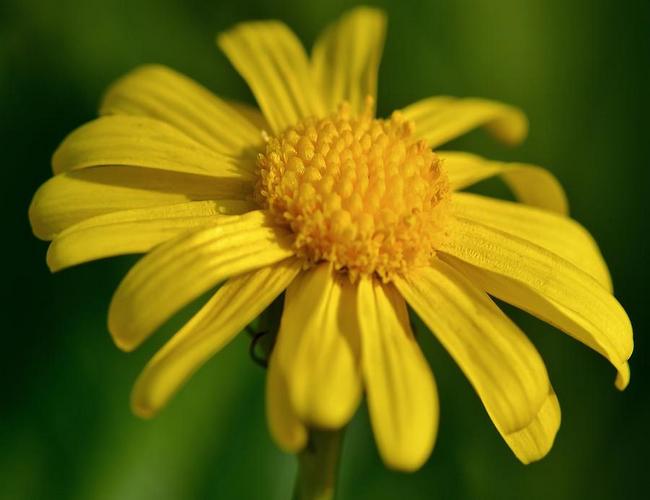

References
Halwagy, R., & Halwagy, M. (1974). Ecological studies on the desert of Kuwait. II. The vegetation. Journal of the University of Kuwait (Science), 1, 87-95.
Brown, G. (2003). Factors maintaining plant diversity in degraded areas of northern Kuwait. Journal of Arid Environments, 54(1), 183-194.
Macksad, A. M. (1969). The desert flowers of Kuwait. Al-Arabi, 132(94), 103.



